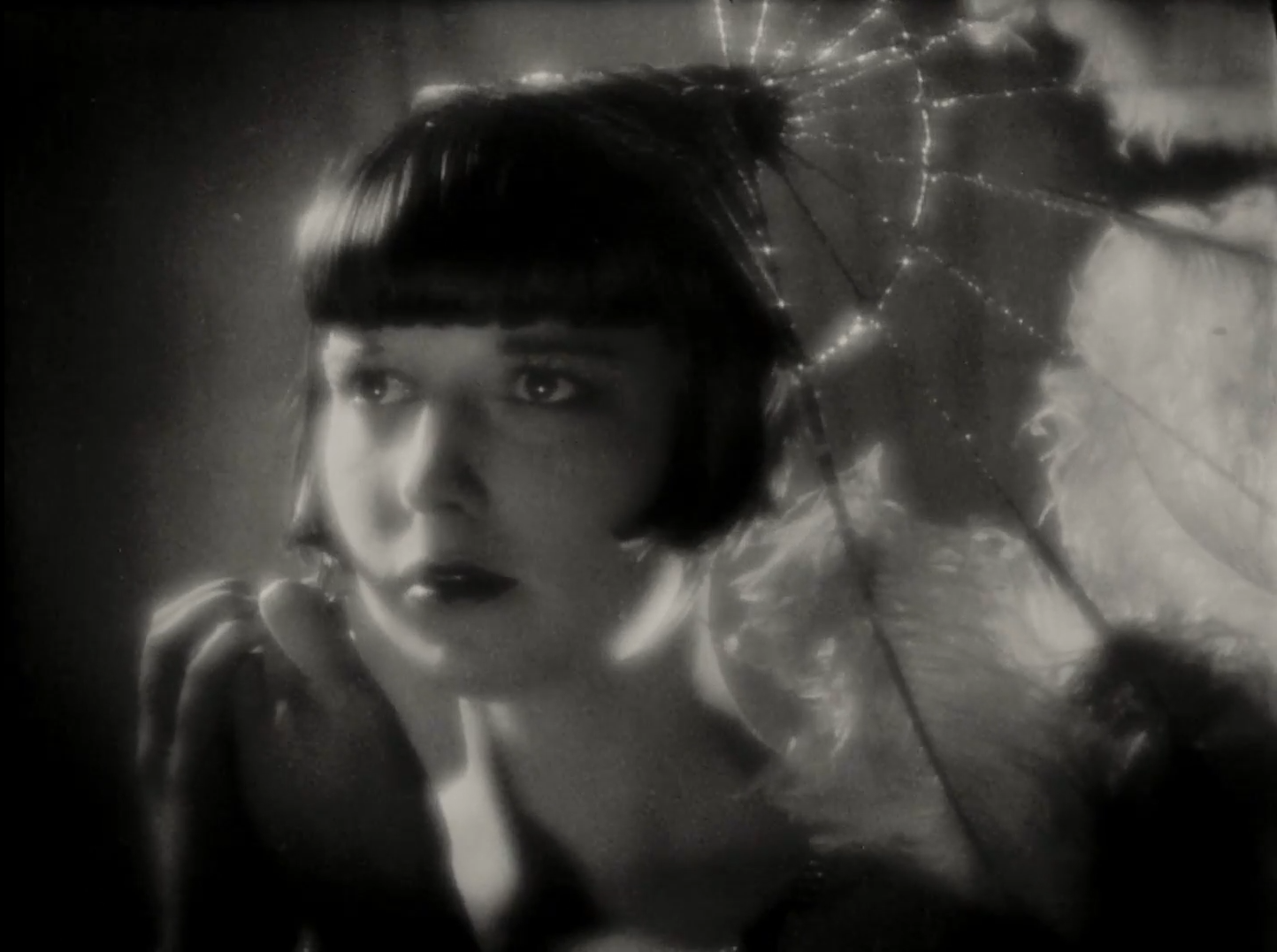I need to shoot a silent movie on a digital camera. I have a Canon EOS 77D, which has an APS-C sensor (22.3 × 14.9mm).
David Mullen, a cinematographer, said here that early Hollywood silent movies were generally shot with a uniform focal length of 50mm on 35mm film, with the aperture all the way open.
I understand that with a Canon APS-C sensor, you need to multiply a lens's focal length by 1.6 (if the lens is for a full-frame camera) to get its effective focal length. So if I go by David Mullen's advice and try for an effective focal length of 50mm, I need to use a 31mm lens or, for convenience, 30mm.
Would it make sense to invest in a 30mm lens (or so) with a maximum aperture of f/1.4? I was considering this one.
However, what might complicate the question is the fact that I don't always want a standard presentational look like this:
That's from Spite Marriage, 1929. It looks quite low-contrast, and it's in deep focus, and it doesn't glow.
But here's an example of an image I do want, from Pandora's Box, also 1929:

There the whites glow and the contrast is much higher, apparently. Is that because of soft focus, or a diffusion filter, or both?
And of course I also need to be able to shoot less flashy images, since not everything needs to glow, like this (also from Pandora's Box):

Is there a simple set of things I need to be able to achieve both types of image, for example a 30mm f/1.4 lens and a diffusion filter? If I need to get a special lens for soft focus, that's fine, but the only option I can see is a 135mm one (effective focal length roughly 216mm on my camera), which is really long considering the available space to shoot in.
EDIT AFTER ACCEPTING AN ANSWER: All the answers were useful. I've learned that:
- A wide aperture will facilitate shooting in less light, but it will also decrease the depth of field, and most shots in silent movies have a deep depth of field (making the wide aperture effect undesirable).
- The minutiae of focal length and aperture are not as important as makeup and correct lighting setups.
- The image I used from Spite Marriage was lit from the front, very flat.
- The glowing image from Pandora's Box used a more directional setup, probably some three-point configuration, to create shadows and high contrast.
- The glowing Pandora's Box image also used a diffusion filter (modern examples: Pro-Mist, stockings, Vaseline on the lens) to create the glow not present in the Spite Marriage picture.
- The overall effect of that image can be reproduced with the proper lighting and filter and by adjusting the image in post-production to increase the contrast.
- The crop factor from a Canon APS-C sensor to 4-perf 35mm film used in the 1920s is close to 1.4, not close to 1.6.





